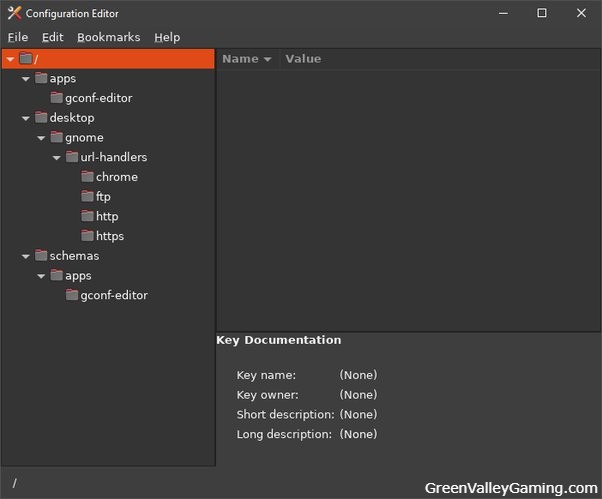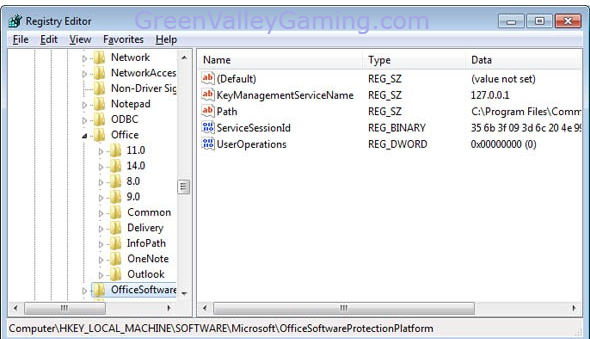
I don’t seem to be the only one wondering why Linux doesn’t have a registry to store system settings. Until I did a survey, I never found anything else that would work on Windows, because it’s the OS I’m used to.
Linux does not have a matching registry because the registry is poorly designed. Linux instead relies on text files (file-system) to store system settings. These text files are stored in / etc / an in your home directory on your Linux system. Windows is the only operating system that relies on the registry that many people have problems with.
Windows is at least a rather special operating system. Many of their decisions are the most dubious. As you will soon find out, it is understandable why Microsoft thinks the registry is a good idea, but how failure is inevitable.
The question “Why doesn’t Linux have a registry” is an open question. And to be more specific, what do you think is why Linux deliberately chose not to use the Registry other than what it uses.
While there is more understanding of why Microsoft implemented the registry in the first place, it will give you a better idea of why only they do it.
What is registry in computer

The Microsoft Computer Dictionary, Fifth Edition, characterizes the vault as:
A focal progressive data set utilized in Windows 98, Windows CE, Windows NT, and Windows 2000 is used to store data that is important to arrange the framework for at least one client, applications, and equipment gadgets.
The Registry contains data that the Windows operating system ceaselessly references during activity, for example, profiles for every client, the applications introduced on the PC and the sorts of archives that each can make, property sheet settings for envelopes and application symbols, what equipment exists on the framework, and the ports that are being utilized.
The Registry replaces the vast majority of the text-based .ini documents that are utilized in Microsoft Windows 3. x and MS-DOS (Command prompt) design records, like the Autoexec.bat (Executable) and Config. sys. Albeit the Registry is normal to a few Windows system working frameworks, there are a few distinctions among them. A vault hive is a gathering of keys, subkeys, and values in the library that has a bunch of supporting documents that contain reinforcements of its information. The supporting documents for all hives aside from HKEY_CURRENT_USER are in the %SystemRoot%\System32\Config organizer on Windows NT 4.0, Windows 2000, Windows XP, Windows Server 2003, and Windows Vista. The supporting documents for HKEY_CURRENT_USER are in the %SystemRoot%\Profiles\Username organizer. The document name expansions of the records in these envelopes show the sort of information that they contain. Additionally, the absence of augmentation may in some cases show the kind of information that they contain.
Advantage of linux does not have registry

Linux has no registry. It is a blessing and a curse. The blessing is that configuration files are always stored as a series of text files (consider Windows . IT files for registry days). This setting means that you can edit the configuration files using any word editor instead of tools such as Regedit. In many cases, this also means that you can comment on the configuration files so that in six months you will not forget why you entered something in a certain way. For most Linux-compatible tools, the configuration files are in the / etc directories or one of its subfolders.
Disadvantage of linux does not have registry
The curse of unregistered layouts is that there is no standard way to write configuration files. Each application or server can have its own format. Many applications now come with graphical user interface-based configuration tools, so you can easily perform basic configuration and then edit the configuration file if you need more complex modifications.
Why does Windows have a registry

The Windows library is a focal “data set” for putting away Windows arrangement data and other application information, for example, authorizing data. The Windows vault is pretty much as old as Windows itself and has been utilized by virtually every business application composed. Microsoft has taken steps to substitute the vault for a really long time however doing as such would require application designers to rework regions of their application that enter the library.
In this way, the Windows vault lives.
Linux registry viewer
Linux does not have a registry. With most tools that come with Linux, configuration files exist in the /etc directory or one of its subdirectories. The curse of a no registry arrangement is that there is no standard way of writing configuration files. Each application or server can have its own format.
Linux registry equivalent
The equivalent registry in Linux is Elektra but it’s not very popular. Commonly software uses a configuration file that is located in the /etc directory.
There is no Linux equivalent of the Windows registry. Configurations are stored in (mostly) text files:
System configurations are kept in text files under /etc.
System status, which in Windows ends up getting mixed up with configuration data, is under /var.
User configuration and state are in “dotfiles”, i.e. files and folders whose names start with a. in your home directory.
You can’t simply transpose a registry edit to a configuration in another operating system: registry edits are completely Windows Specific. it’s necessary to get what the registry edit means and transpose it to Linux, you’ll end up modifying a file under /etc, but there are a lot of potential users to list here.
Conclusion
In fact, it often proves to be an effective method to have text files that contain suppression information. Once installed, they rarely need to be replaced; however, they are direct text files and can be easily viewed if needed. Even more useful is that it is easy to write scripts to read the same configuration files and change their behavior accordingly. This is especially true when automating server maintenance operations, a capability that is necessary for a large multi-server site.
Because Linux configuration files are text files, the automatic system configuration can be quick and easy without any special tools. Simple scripts can be written to set configuration costs, making it much easier to deploy new operating systems, software packages, or tools. Windows requires third-party software (usually licensed on a per-machine basis to perform similar functions, which can be very expensive for large projects).

